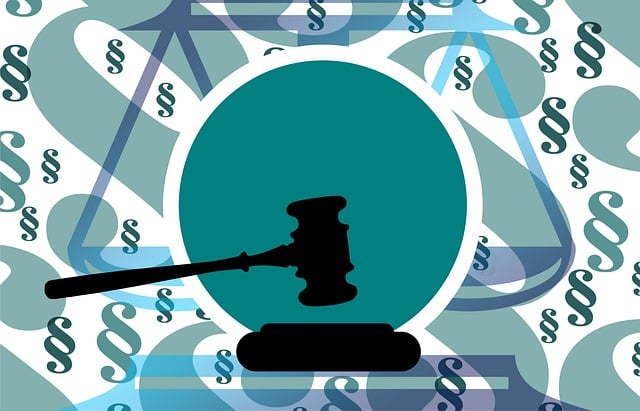Insurance adjusters play a crucial role in resolving injury claims by specializing in accident injury valuation. They meticulously evaluate and negotiate claims, using strategies like reviewing medical records and reconstructing accidents to ensure fair settlement amounts. Adjusters may employ tactics to reduce compensation, making it vital for victims to consult Orlando auto accident lawyers. Accurate representation involves gathering comprehensive medical records, consulting experts, and documenting events leading up to the accident to support precise accident injury valuation and avoid legal escalation.
Insurance adjusters play a pivotal role in personal injury claims, overseeing investigations and negotiations. They are tasked with assessing damages, including medical costs, lost wages, and pain & suffering. This article delves into the strategies insurance adjusters employ to reduce injury valuation estimates. By understanding these tactics, claimants can better navigate the process and ensure accurate representation of their accident injuries. We’ll explore common methods used and provide insights for accurately valuing compensation.
- Understanding Insurance Adjuster Roles in Injury Claims
- Common Methods Used to Reduce Injury Valuation Estimates
- Strategies for Accurately Representing Accident Injuries
Understanding Insurance Adjuster Roles in Injury Claims

Insurance adjusters play a pivotal role in managing and resolving injury claims, which involves meticulous evaluation and negotiation processes. Their primary responsibility is to assess the value of an accident injury claim, ensuring that the settlement amount is fair and aligns with the extent of the harm caused. They are the link between policyholders and insurance companies, acting as impartial mediators in personal injury consultation scenarios.
These professionals delve into various aspects to determine the validity and severity of injuries, including medical records review, witness statements, and accident reconstruction analysis. Their expertise helps navigate complex claims, especially in cases like wrongful death claims or commercial disputes, where accurate valuation is critical for reaching a mutually agreeable settlement.
Common Methods Used to Reduce Injury Valuation Estimates

Insurance adjusters employ several common methods to reduce injury valuation estimates following an accident. One prevalent tactic involves downplaying the severity and impact of injuries sustained in the incident. They may question the diagnosis, treatment records, or even the patient’s credibility, seeking to minimize compensation claims. Adjusters often rely on medical reports and expert testimony to challenge the validity of injuries, employing strategies like focusing on pre-existing conditions or attributing post-accident symptoms to alternative causes.
Another common approach is to delay the valuation process, hoping that time will dilute the victim’s memory of the incident and its consequences. They might request additional documentation, conduct repeat medical examinations, or even deny initial claims, aiming to weaken the case for higher compensation. It’s crucial for individuals seeking fair reimbursement to understand these tactics and consult with an Orlando auto accident lawyer or wrongful death attorney who can navigate the complexities of insurance adjustments and fight for their rights.
Strategies for Accurately Representing Accident Injuries

Accurate representation of accident injuries is paramount for insurance adjusters to provide just compensation. They employ several strategies to ensure valuation estimates are fair and precise. One key approach is to gather comprehensive medical records, including diagnoses, treatments, and prognoses. By thoroughly reviewing these documents, adjusters can better understand the extent and duration of an injured party’s suffering. Additionally, they may consult with medical experts to verify the validity of claims and predict future healthcare needs, which helps in determining long-term care costs and rehabilitation expenses.
Another critical aspect is documenting the sequence of events leading up to the accident. This involves interviewing witnesses, reviewing collision reports, and examining physical evidence. By piecing together a clear narrative, adjusters can assess liability and determine the direct correlation between the incident and subsequent injuries. Moreover, they must adhere to their fiduciary duty to act in good faith and with transparency, ensuring no breaches that could lead to personal injury attorney involvement or escalation into commercial disputes.
Insurance adjusters play a pivotal role in managing and valuing accident injury claims. By employing various methods, they aim to reduce estimation costs. However, it’s crucial for claimants to understand these strategies and accurately represent their injuries. Knowledgeable representation ensures fair compensation, especially when navigating complex valuation processes, ultimately leading to a more satisfactory outcome.






